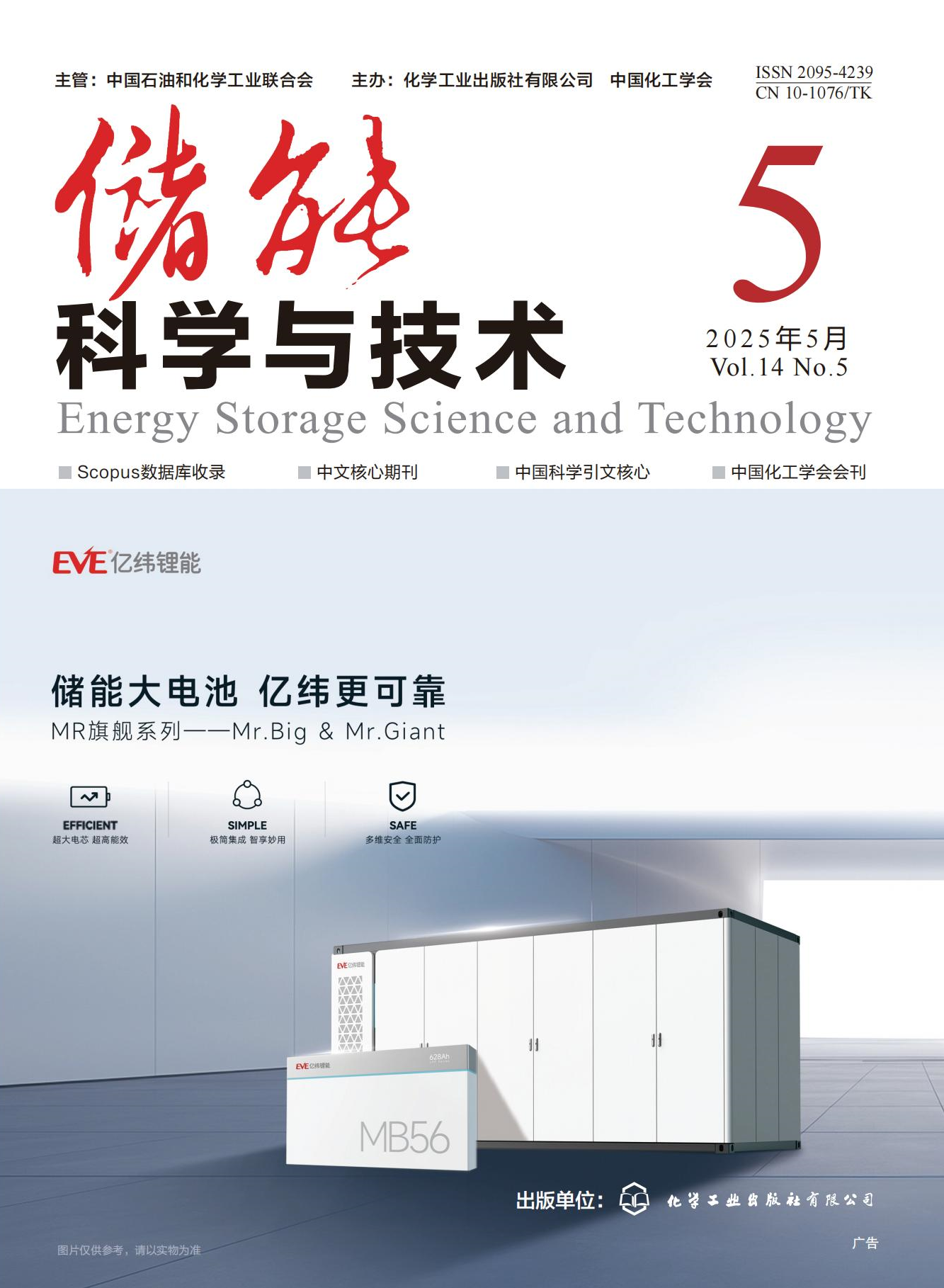The electric vehicle is the inevitable development tendency for the vehicle industry. In addition, lithium-ion batteries act as the energy storage unit of vehicles, which is worthy of being investigated carefully since its life span is related to the accurate estimation of parameters. Unfortunately, the precise estimation of lithium-ion battery parameters, such as state of charge (SOC), state of health (SOH), and so on, is so tough. Therefore, multiple factors will strongly influence the accuracy of conventional estimation methods, especially for estimating non-stable SOH degradation caused by relaxation effects when using lithium-ion batteries. Hence, conducting research on SOH with a new method is significant. In this paper, the research status of common estimation methods for lithium-ion batteries are reviewed first, and the corresponding advantages and disadvantages are analyzed subsequently. Then, the variational mode decomposition (VMD) theory is introduced, including constructing the variational problem, reconstructing the unconstrained variational problem, and multiple iterations. Subsequently, the Transformer model and recurrent neural network (RNN) are brought in, which are useful for disposing of the time-order information. Finally, the particle swarm optimization (PSO) algorithm is described, which is helpful in completing the optimization of neural network super parameters. According to the content mentioned above, a joint method may be proposed based on VMD and PSO for transformer neural networks and gate recurrent units (GRU), improving estimation accuracy. First, VMD technology is used to decompose the capacity information of lithium-ion batteries. The central frequency method is used to determine the decomposition state, which serves as a basis for valid interpretation of the original data information to avoid unreasonable decomposition affecting the prediction ability. Second, the particle swarm optimization algorithm is used to optimize the hyperparameters of the transformed neural network and the gated recurrent unit structure after adjustment. The transformed neural network uses linear layers instead of decoders for better application with time-series data. It retains the encoder to capture global features and internal correlations of the data, thereby improving the prediction accuracy of individual Transformers and their joint models. Finally, the Transformer and GRU are used to predict the main trend and the high-frequency subsequences, respectively. Once the results are merged, the accurate estimation of lithium batteries is accomplished. Simultaneously, the NASA database verifies the model's reliability, and models of multi-layer perception (MLP), RNN, and Gaussian function-GRU are compared with the model proposed in this study. Consequently, the results of predicting accuracy and fitting degree of regeneration phenomenon are better than those of single or joint models, and MAE and RMSE are less than 0.62% and 1.19%, respectively. In addition, the determination coefficient is bigger than 87.08%, indicating the validity of the combined Transformer-GRU model.

